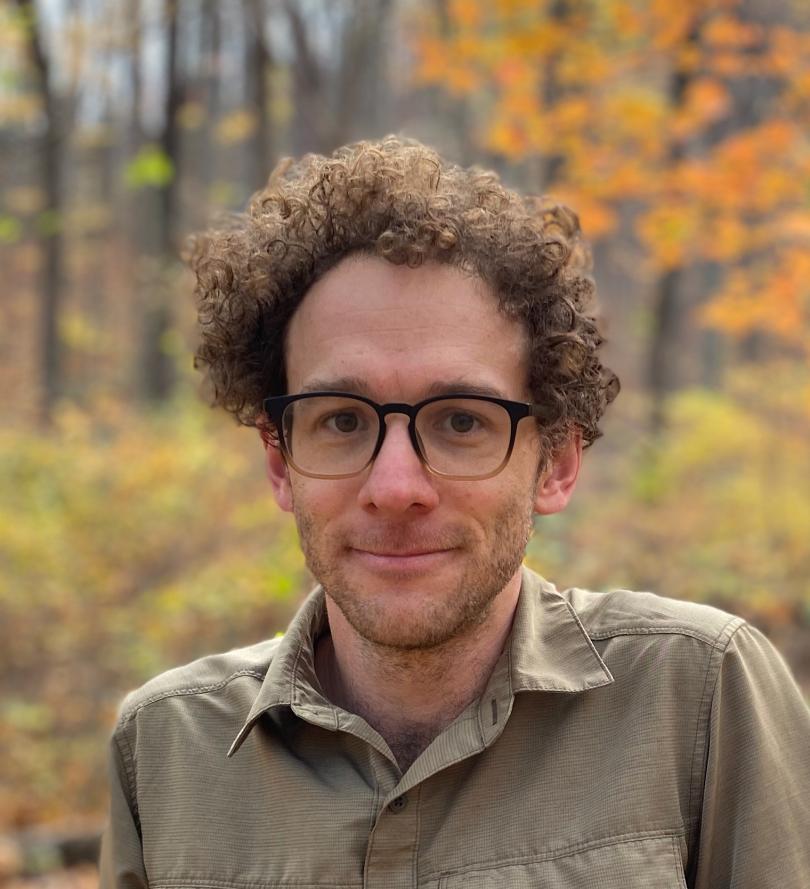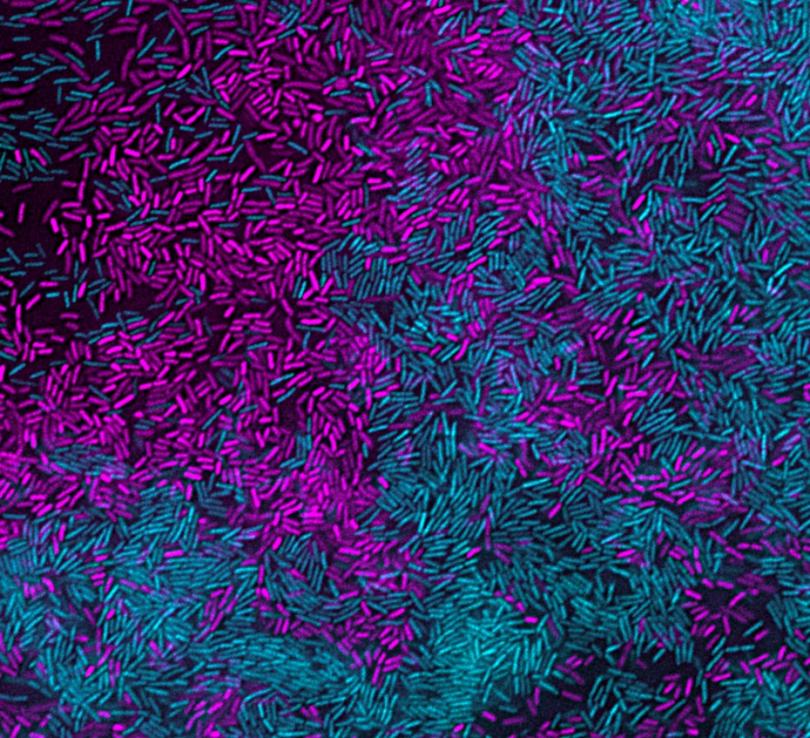"Bacterial Multicellularity in Polymicrobial Environments"
 Dr. Stefan Katharios-Lanwermeyer
Dr. Stefan Katharios-Lanwermeyer
Bio:
Dr. Stefan Katharios-Lanwermeyer is a postdoctoral researcher at the National Institutes of Health where he supported a PRAT postdoctoral Fellowship. He received his PhD in Microbiology from Dartmouth College where he studied the maintenance of bacterial biofilm under his mentor, Dr. George O’Toole. Currently, Katharios studies bacterial multicellularity in polymicrobial environments under his postdoctoral mentor Dr. Anupama Khare. His goal is to develop a model system to characterize how interspecies interactions result in multicellularity among cohabitating bacteria.
Abstract:
Microorganisms commonly exist in polymicrobial communities, where they can respond to interspecies secreted molecules by altering behaviors and physiology. However, the underlying mechanisms remain underexplored. I have investigated interactions between Stenotrophomonas maltophilia and Pseudomonas aeruginosa, co-infecting bacterial species pathogens found in pneumonia and chronic lung infections, such as in cystic fibrosis. We found that S. maltophilia forms large protective multicellular aggregates upon exposure to P. aeruginosa secreted factors. E
Experimental evolution for lack of aggregation selected for fimbrial mutations, and we found that fimbriae are required on both interacting S. maltophilia cells for aggregation. Untargeted metabolomics and targeted validations revealed that the quorum sensing molecule Pseudomonas quinolone signal (PQS) directly induced S. maltophilia aggregation, and co-localized with the aggregates. Further, in co-culture with P. aeruginosa, wild-type S. maltophilia formed aggregates, resulting in up to 75-fold increased survival from P. aeruginosa competition compared to fimbrial mutants.
Finally, multiple other bacterial species similarly aggregated upon exposure to P. aeruginosa PQS, indicating a more general response. Collectively, our work identifies a novel multispecies interaction where a quorum sensing molecule from a co-infecting pathogen is sensed as a ‘danger’ signal, thereby inducing a protective multicellular response. This work provides a basis to expand to a three-species model system in which I aim to investigate bacterial multicellularity and interspecies interactions as bacteria respond to secreted factors produced by cohabitating microbes.



